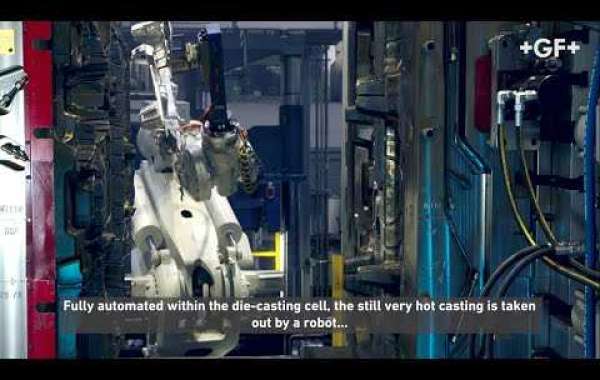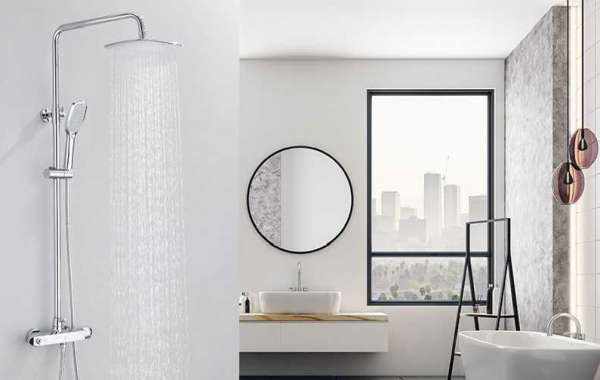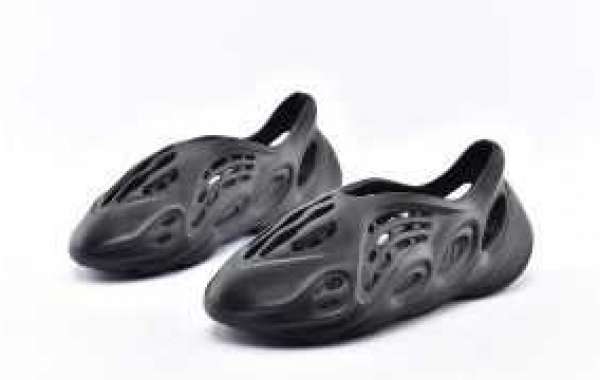When producing metal castings, die casting is a process that involves forcing molten metal into two steel dies, which are then joined together to form a completed cast piece. A common application of the die casting process in high-volume manufacturing environments is due to its reputation for consistently producing high-quality products on a consistent basis, which has earned it widespread acceptance. The initial investment cost of die casting equipment is higher than the cost of processes that use sand molds when comparing the two types of processes. This is because die casting equipment is more difficult to manufacture than other types of equipment. Because die casting has lower day-to-day costs than other methods of manufacturing, it is less expensive per item produced than other methods of manufacturing.
Using the die casting process, the first movable type machine (which can be thought of as a giant stamp with movable letters) was created in 1838, making it the world's first movable type machine. In later years, it was put to use in a variety of different situations. This process had been developed and invented for approximately 20 years when the first patent was issued in 1849, marking the beginning of the Industrial Revolution. The aluminum die casting process was the subject of the patent. In almost every case, the number of potential applications has increased dramatically since the introduction of aluminum die casting parts equipment on to the North American market nearly an order of magnitude larger. Die casting was first used in the early 1900s, and it went through a number of different phases before it was determined that aluminum was the most appropriate material for the task at hand. Die casting is still used today. It was in the early 1900s that die casting became popular in the United States.
We are able to achieve low-pressure die casting thanks to the use of a vertical process that propels the molten metal upward and thus goes directly against the laws of nature. Metal is transported from the furnace below to the shot chamber and into the two molds by means of a piston that operates at low pressure through the shot chamber and into the two molds, as shown in the diagram. The two molds are made of aluminum alloys; one is fixed in place, while the other can be pulled away to allow the casting to come loose from the mold once it has cooled to room temperature. Once the casting has cooled to room temperature, the casting is removed from the mold. Following cooling to room temperature, the casting is removed from the mold and placed in an appropriate container. A suitable container is selected and then the casting is removed from the mold and allowed to cool until room temperature is reached. While the metal cools, the pressure inside the mold remains constant, resulting in a consistent and accurate filling of the mold cavity. Any gaps or shrinking cavities that occur as a result of the cooling process can be filled in with additional molten metal by injecting China die casting mold into the gaps or shrinking cavities that have occurred. Low-pressure die casting is an excellent choice for automated production lines due to the fact that it is less expensive and complicated than high-pressure Sandblasting Services. In comparison to traditional die casting, the only disadvantage of low-pressure die casting is that it requires more time to complete a casting cycle than traditional .
The process of metal casting known as sand casting is becoming increasingly popular. Among the most recent crazes to hit the metal casting industry is high-pressure die casting, which is a technique that is becoming increasingly popular. The advantage of high-pressure die casting over low-pressure die casting is that it is both more efficient and faster than the latter method. Due to the fact that it uses a horizontal casting process rather than a vertical casting process, it is less expensive. In the same way that two machine plates on either side of a mold are locked together to form a mold in the middle, creating high-pressure die castings is similar to the process of making a sandwich. In order to ensure that the mold is completely filled with metal before it can be used, it is necessary to force molten metal through a chamber at a rapid rate and under high pressure. As soon as the metal has solidified, the die is opened, and the casting is carefully removed from the cavity in which it was formed. High-pressure should only be used in large-scale, high-volume manufacturing operations, such as those in the automotive industry, in order to keep costs as low as possible while maintaining quality.
Despite the fact that this new trend accelerates the manufacturing process, there are some drawbacks to using high-pressure die casting in certain situations, according to the manufacturer. When compared to low-pressure die casting, high-pressure die casting requires a significant financial investment, whereas low-pressure die casting is a significantly more affordable option. In addition, due to the limited ability of the locking mechanism to support a specific amount of weight, the process is only suitable for smaller parts. As a result of the use of aluminum alloy in castings, the ability to produce stronger castings that are also lighter in weight has been developed. Another significant impact of this development is that it is having on other industries that are attempting to reduce the weight of their cast parts and components, such as the automotive and aviation industries, as well as the electronics and general hardware industries, among others.










